Packaging plays an important role in arousing enough interest in the consumer to stop and check out the products. Sometimes even great products are completely ignored because their packaging doesn't grab the buyer's attention, and most of the time mediocre products get bought because their packaging does grab the customer's attention.
Product packaging design is one of the critical aspects of your branding because packaging design plays a fundamental role in the purchasing decision process. It allows you to present your brand story and make an impressive first impression on your customer when the product packaging design is done creatively and correctly.
Why is product packaging so important?
It's pretty obvious that when you're not there to sell your product in person, Product packaging You act as a sales force. Likewise, your product packaging design should draw them to your features and brand identity, if you fail to convince customers of your product's virtues. Product packaging helps identify the personality of your new product.
When designing your product packaging, you should think about:
- Attract customer attention
- Functionality and innovation
- Packaging suitable for the product
We have created a comprehensive guide to guide you through every step of the product packaging and packaging design process in the easiest way possible.
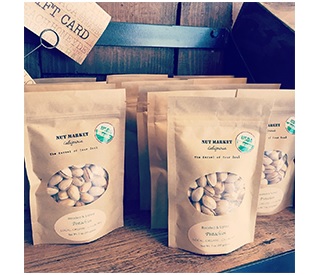
a) Preparation for your packaging
Evaluating your product packaging should decide what your options are, shipping and manufacturing costs, and what the best packaging solution is for your product. There are four basic questions you need to answer before proceeding.
1) product type?
The type of packaging depends on your product based on shape, size and weight. If your product is fragile, you should consider a solution with more cushioning and structure.
2) Number of units required?
The number of units required should be noted as it directly affects your business needs and costs.
3) Funding required?
The budget will include the cost of packaging and shipping. For example, if packing filters are required, this should also be considered.
4) Marketing and business timeline required?
Marketing and business timelines depend on when packaging is needed. Projected launch dates and current inventory levels are things to consider.
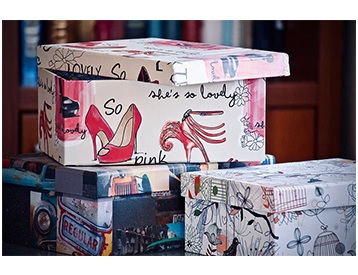
b) Measurement of the box
Box dimensions are one of the most important aspects of any packaging, as they affect the materials required, shipping costs, production costs, etc. Length, width and depth are the three main dimensions by which boxes are used. are measured. Measuring your box may seem like an easy task, but the accuracy of this step will determine the flow of your entire packing journey.
It is recommended to minimize your dimensions as much as possible. This allows the product to help prevent shipping damage and most importantly, reduce your carbon footprint.

c) Type of packaging
The type of product packaging you are looking for and why –
- Folding Cardboard – Compared to other paper materials, this is one of the lightest and most flexible styles, making it a very cost-effective option.
- Corrugated – This is a very durable option that is mainly used for heavy duty and shipping products.
- Rigid (Premium) – If you are looking for premium product packaging with a luxurious feel, rigid boxes are the best option for you. Compared to folding cartons, they are thicker in material and usually packed with offset printing papers.
A few other options that you can complete your packing boxes with:
- Paper bags – a popular choice that is affordable and environmentally friendly.
- Mailers – Affordable and a great option for e-commerce businesses with smaller products that don't need a lot of protection.
- Plastic packaging – comes in many forms such as bottles, boxes, tubs, bags and more!
- Glass packaging – Unlike plastic packaging, it has the luxury of being reusable.
- Kraft – If you are looking for an eco-friendly and greener design, kraft (brown) is a great option for corrugated packaging and folding cartons. Eco-friendly and durable, it typically uses 100% recycled materials, making it an ideal choice for several brands that are constantly striving for a greener approach to their supply chain.
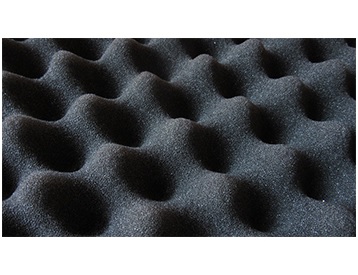
d) Protective inserts
Businesses can consider inserts for your product packaging design to further protect and organize the product. Some popular choices you may be familiar with include:
- Foam Insert – Fragile items are protected during the shipping process and also add a comfortable touch. In addition, they also value the unboxing experience.
- Plastic Tray Inserts / Blister Inserts – They are lightweight and flexible options to protect your product during the shipping process.
- Cardboard Inserts – These are a great effective option and can be printed for added value compared to the two inserts above.
- Molded paste inserts – these are the most stable option. Untreated molded pulp is compostable and will often be biodegradable.
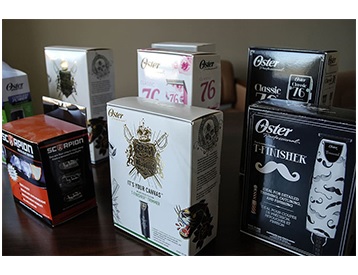
e) Printing options
After determining the type of product packaging for your business, you can decide what type of printing to choose. In product packaging, the following are usually popular printing options.
- Offset Printing – This printing option uses ink instead of toner, resulting in rich, clear and superior image quality. Finally, it offers the highest print quality.
- Digital printing – offers faster turnaround times and makes low-volume jobs affordable with no set-up costs. The only problem is that, unlike offset printing, it cannot match the flexibility of materials and color fidelity.
- Flexographic Printing – This printing option is considered as a modern printer and can accommodate large quantities of packaging products such as offset printing. Although the print colors are not as vivid and vivid as compared to the above two, this print format is cheap. It can be produced very quickly and does not require much attention to detail.
Colors in print
The default and only color output for printing is CMYK, where C stands for Cyan, M for Magenta, Y for Yellow, and K for Key (Black). You can create unlimited possibilities for artwork with this color and provide a more accurate color appearance when printed on paper. Another standardized color match, known as PMS (Pantone Matching System) or spot color, is an excellent choice for branding because it produces a uniform color code and prints a wide range of highly stable colors. But it usually requires additional cost for production.
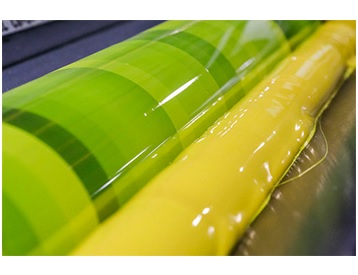
Suggested study: Marketing What is?
f) Paper cover
A wide variety of special processes and coatings can be added for added design touches and protection.
- Laminating (matte and glossy) – helps achieve a matte and glossy finish. Unlike matte, glossy laminate offers better protection against dust and moisture and gives a very impressive shine, while matte has no sheen.
- Blue Coat – This is a water-based clear coat that is able to dry quickly. It is environmentally friendly and compared to UV coating and lamination, it has a very weak gloss.
- UV Coating – A similar appearance to lamination can be produced, but the difference is that UV can be applied directly to the material.
- Vanish – Compared to other types of coating, it is the most economical and least effective in durability. This type of paper coating can also create glossy, matte and other coating effects. It is the least popular among the four options.
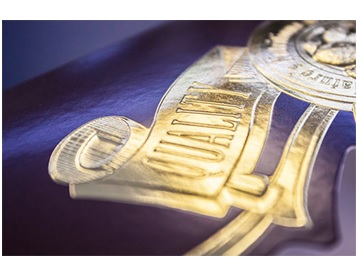
g) special finishing
Special processes can create a more eye-catching unboxing experience. Few of them are –
- Foil Stamping – Create a versatile look for your packaging. Foil stamping is ideal if you are looking to add any glossy, matte, metallic, holographic or special effect features.
- Spot UV – Similar to UV coating, but instead of covering the entire surface, it is applied to a specific area of the package.
- Embossing – You can add depth and dimension to your packaging by using embossing.
- Debossing – Creates an embossed effect on card/paper stock surfaces.
- Window Patch – If you have an eye-catching product that deserves to be displayed, a window patch is perfect for your packaging.

h) Packaging design
The packaging should be well designed so that your packaging attracts attention and evokes a positive reaction from the consumer. If you are looking for a more streamlined process to do your packaging more efficiently, it is recommended that you work with a manufacturer that can also provide packaging and structural design services.
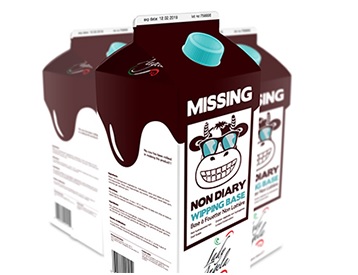
I) Preparation of artwork and requirements
Dieline is usually done on a computer with a design tool such as Artioscad/Adobe InDesign or Adobe Illustrator. This is a plan to produce the final product. But, to save money and time, it is necessary to ensure that the specifications and measurements are accurate. In preparing the artwork when working with a design, it should be in a vector format that is made of mathematically described lines. They can be scaled and edited without losing image quality.

j) prototyping
If you want more confidence or need to finalize with your team before full production, you can request a sample box or a 3D mockup. If you have a very large order, it is always recommended to request a prototype to confirm the structure and printing for final production.
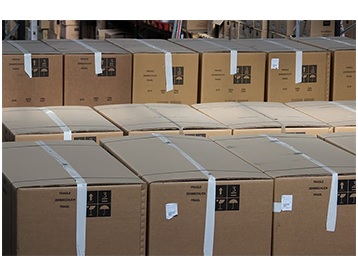
k) production and transportation
Once everything is finalized, your product packaging is ready for full production. Receiving your shipment depends on package size, delivery method, requested timeline, etc. It is your account manager's responsibility to keep you updated on the shipping and production process and ensure you are always on track.
How can you differentiate your product on store shelves?
The following tips are sure to get your product off the shelves!
- Keep your design simple and professional
- Make sure the design is relevant
- Target your market through your packaging
- Choose colors carefully
- Double check your pack size
- Make a connection between packaging and taste
- Impress with images
- Tell the consumer what they will get with your product
- Consider the environment
- Tell your consumers how to use your product
- Clarify your purpose
- Give your traders options
- Tell your story to your customers
- Change your packaging with the seasons
- The challenge of being different
Source : packaging-labelling

